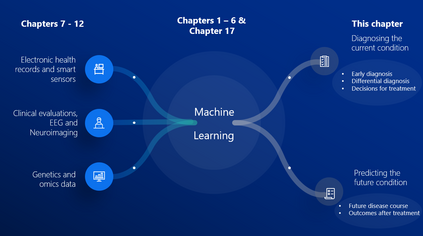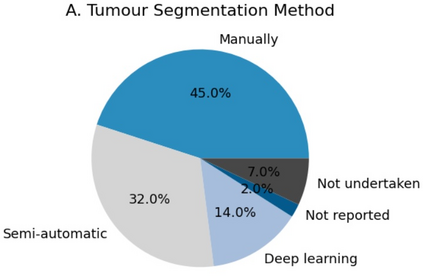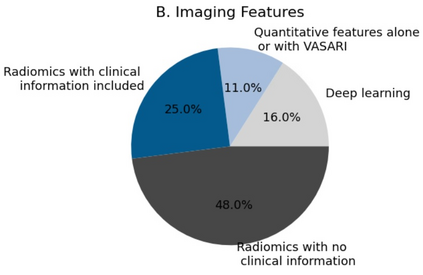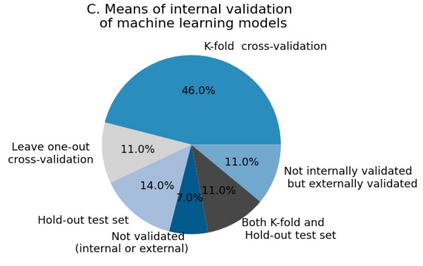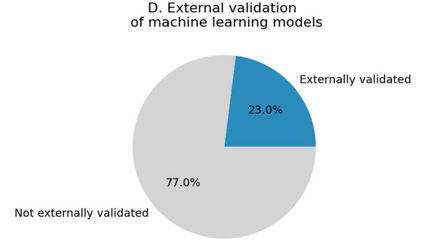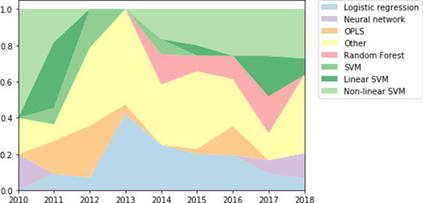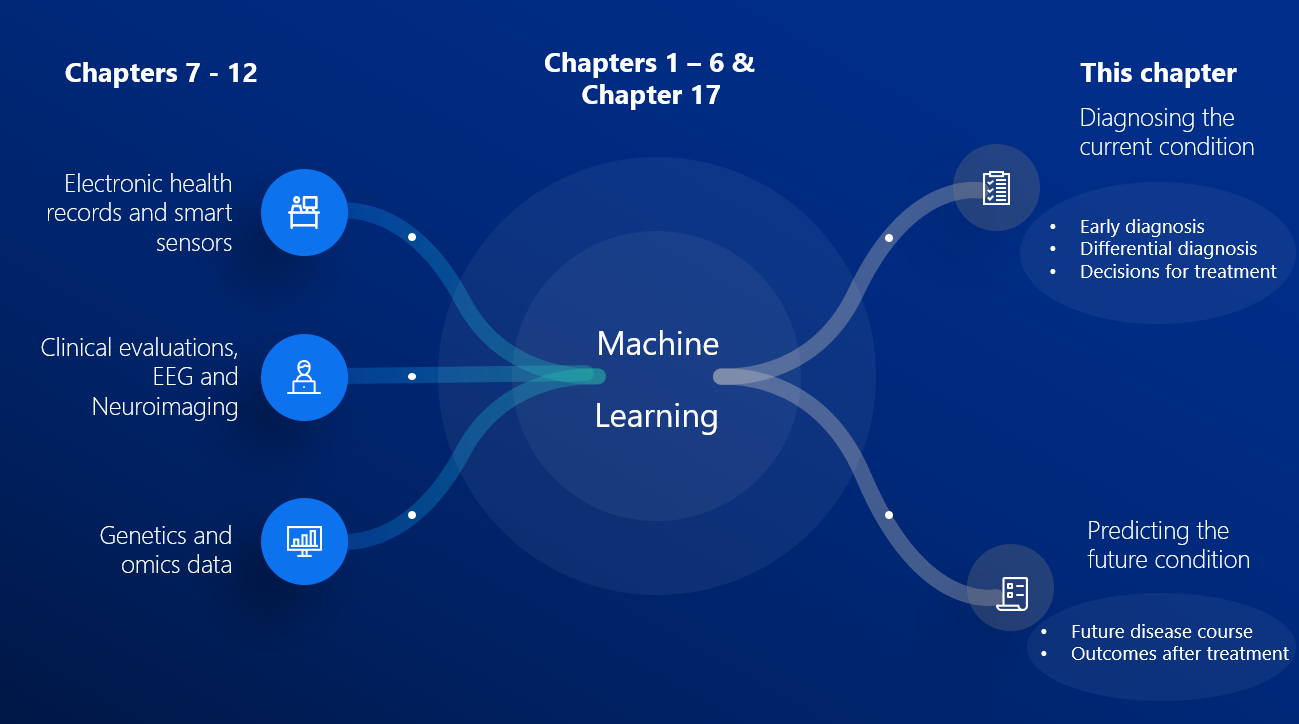Computer-aided methods have shown added value for diagnosing and predicting brain disorders and can thus support decision making in clinical care and treatment planning. This chapter will provide insight into the type of methods, their working, their input data - such as cognitive tests, imaging and genetic data - and the types of output they provide. We will focus on specific use cases for diagnosis, i.e. estimating the current 'condition' of the patient, such as early detection and diagnosis of dementia, differential diagnosis of brain tumours, and decision making in stroke. Regarding prediction, i.e. estimation of the future 'condition' of the patient, we will zoom in on use cases such as predicting the disease course in multiple sclerosis and predicting patient outcomes after treatment in brain cancer. Furthermore, based on these use cases, we will assess the current state-of-the-art methodology and highlight current efforts on benchmarking of these methods and the importance of open science therein. Finally, we assess the current clinical impact of computer-aided methods and discuss the required next steps to increase clinical impact.
翻译:计算机辅助方法显示了诊断和预测脑病的附加价值,从而可以支持临床护理和治疗规划的决策,本章将深入了解方法的类型、工作、投入数据(如认知测试、成像和遗传数据)及其提供的输出类型,我们将侧重于诊断的具体使用案例,即估计病人目前的“状况”,例如早期发现和诊断痴呆症、脑肿瘤的不同诊断和中风决策。关于预测,即对病人未来“状况”的估计,我们将放大使用案例,例如预测多重硬质病的疾病课程和预测脑癌治疗后的病人结果。此外,我们将根据这些使用案例,评估目前的最新方法,突出目前为这些方法制定基准的努力以及开放科学的重要性。最后,我们评估计算机辅助方法目前的临床影响,并讨论增加临床影响所需的下一步步骤。

